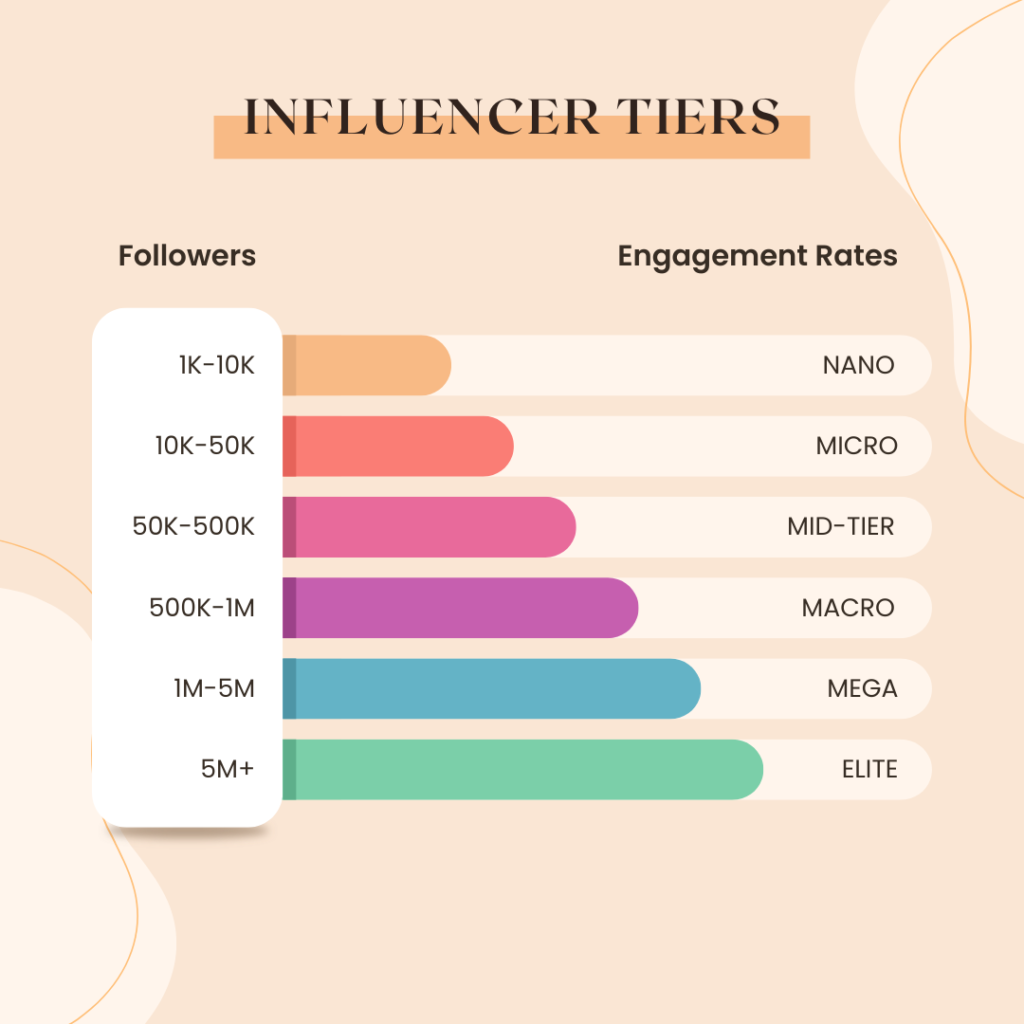Introduction : Influencer Marketing
Marketers recognize that influencers are powerful drivers of brand growth, offering more than just reach—they bring credibility, creativity, and strong audience trust. Influencer marketing has become a core digital strategy for engaging niche communities, increasing visibility, generating leads, and boosting conversions. By tapping into influencers’ authentic content and platform expertise, brands can connect meaningfully with their target audience. This influencer marketing guide outlines how to build impactful collaborations in 2025, leveraging current consumer trends and aligning campaigns with the latest updates to Google’s search algorithms for long-term success.
What Is Influencer Marketing?
Influencer marketing is a form of social media marketing that involves endorsements and product placements from individuals with a strong online presence and dedicated social following. These influencers act as digital word-of-mouth engines, building trust and loyalty in ways traditional advertising often cannot.
Why is Influencer Marketing So Effective in 2025?
The power of influencer marketing today lies in its ability to drive organic reach, engage niche audiences, and generate high conversion rates. Here’s why it continues to thrive:
- Hyper-Personalization: Micro and nano influencers deliver tailored messaging to highly segmented audiences.
- Trust & Authenticity: 63% of consumers trust influencers more than brand messaging.
- SEO & Algorithm Benefits: Influencer-generated content ranks well on search engines, especially under Google’s helpful content update (HCU) and EEAT guidelines (Experience, Expertise, Authoritativeness, and Trustworthiness).
Types of Influencers in 2025

Mega Influencers are celebrities with millions of followers. They offer massive reach and are ideal for global brand awareness campaigns, although they come with high costs and lower engagement rates.
Macro Influencers are high-profile social media personalities who often specialize in a particular area such as fashion, fitness, or tech. They strike a balance between reach and relatability, making them effective for mainstream campaigns.
Micro Influencers are focused, niche-specific creators with highly engaged communities. Their opinions are trusted, and their content often drives strong conversions, especially in specialized markets.
Nano Influencers are everyday users who have a smaller but very dedicated local or niche audience. Their content feels authentic and personal, which makes them excellent for grassroots marketing or hyper-local outreach.
Influencer Marketing Guide: How to Create a Winning Campaign in 2025

An effective influencer marketing campaign in 2025 begins with strategic planning and execution. Here are the essential steps outlined in this influencer marketing guide to help you build a high-impact campaign:
Set Your Campaign Goals and KPIs
Start by defining your campaign’s objectives. Do you want to increase brand awareness, promote a new product, or drive lead generation? Establish clear Key Performance Indicators (KPIs) to measure your success.
Define and Confirm Your Budget
Estimate the financial resources you will allocate. Influencer rates vary depending on their audience size, platform, and campaign requirements. Planning your budget ensures you target the right influencers without overspending.
Choose the Right Social Network
Select the platform that best suits your content and audience. For video content and Instagram Reels are optimal. For thought leadership or long-form content, LinkedIn or X may be more effective.
Identify and Evaluate Influencers
Finding the right influencer involves more than follower counts. Consider:
- Audience Relevance: Do their followers match your target demographic?
- Platform Usage: Are they active where your audience spends time?
- Content Style: Is their tone aligned with your brand voice?
- Credibility and Authenticity: Do they genuinely connect with their audience?
- Posting Frequency and Engagement: Are they consistent and do their posts generate meaningful interaction?
- Compensation Model: Are their fees performance-based (CPA/CPC) or fixed?
Reach Out to Influencers
Send a personalized message or email introducing your brand and campaign goals. Be transparent, detail-oriented, and open to collaboration. First impressions matter.
Develop and Share Campaign Assets
Prepare campaign materials, briefs, and branding guidelines. Provide influencers with tracking URLs, promotional codes, and recommended hashtags to ensure consistency and performance measurement.
Track, Measure, and Optimize Performance
Use tools like Google Analytics, your CRM, and reports from influencers to monitor traffic, engagement, and conversions. Measure results against the KPIs established earlier.
Influencer Marketing & Google Algorithm Updates
In 2025, influencer marketing aligns closely with how Google ranks content:
- EEAT Signals: Influencer content provides firsthand experience and niche authority.
- Helpful Content System: Google rewards original, user-focused content—something influencers excel at.
- Link Equity: Quality backlinks from influencer blogs and mentions improve domain authority.
Final Thoughts
As we move deeper into the digital-first economy of 2025, influencer marketing has cemented itself as more than a trend—it’s a digital growth engine. By aligning with platforms like Gracewell Technologies, brands can navigate the complexity of the digital space, connect meaningfully with audiences, and win in the search and social ecosystems alike.This influencer marketing guide provides all the foundational knowledge you need to build scalable, SEO-friendly campaigns that deliver lasting value.
Author: Gracewell



